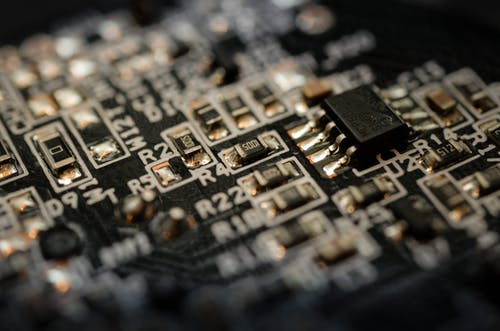The last century saw significant improvements in quality of life, notably in terms of access to services. However, intensive industrialization and a surge in urban population have posed substantial challenges to administrators, architects, and urban planners.
Why Are Smart Cities A Thing Of The Future?
Futurists have long imagined smart cities of the future, where people and visitors thrive. These modern urban environments are fine-tuned and seamlessly run, with advanced multi-modal mass transit, self-sustaining energy networks, clean and safe communities, integrated services, and meaningful facilities. While cities and towns have made steady progress toward this bright future, they face complex challenges such as infrastructure upkeep, population growth and migration, and sustainability issues. Fortunately, there are companies that provide electrical services in Hamilton and other cities that spearheads the development of smart cities.
Reasons For Living In A Smart City
This article provides an overview of a “smart city” and some of its most notable aspects. Furthermore, several alternative terminologies proposed to characterize the various elements of future cities are investigated.
Life Quality
High quality of life includes enhancing all elements of residents’ daily existence. A smart city creates an environment which can be developed by a smart cities company that supports the best of urban living while minimizing the problems of city life, from safe streets to green spaces, from a reasonable commute to access to art and culture. In the end, smart cities are lovely places to live.
Connectivity
Data and technology appear to be the driving drivers behind the realization of smart city goals. Infrastructure in the twenty-first century will be a mash-up of gadgets such as power-efficient sensors, wireless networks, and mobile-centric apps. Combined with increased renewable energy and smart-grid practices, these enablers lay the framework for connected, smart cities.
Sustainability
A smart city promotes economic development and quality of life in the immediate term and future generations. Being a good environmental steward and supporting sustainable natural resource utilization is part of the broader smart city strategy.
Economic viability
Cities have always been key hubs of commerce and trade, capitalizing on the proximity of so many diverse populations to help push a creative economy. A smart city is business-friendly, ensuring that employment and tax dollars contribute to the economy’s health.
Livability
AI-powered solutions may collect and analyze data from various sources, including power, humidity, CO2, temperature, and light. This data can be used to improve short- and long-term trend analysis, upgrade/repair requirements, waste reduction, and energy consumption reduction.
Safety
A smart city is a more secure city. Using technical developments and forming private/public collaborations aid in the reduction of criminal behavior. License plate recognition, gunshot detectors, networked crime centers, next-generation 911, and body cameras all give law enforcement a competitive advantage on the job.
Conclusion
Integrating the physical and digital worlds is crucial to the smart development of a city district. The enormous benefits that connected cities give are impossible to overlook. As with any sizable urban technology program, the execution takes vision, money, and careful planning to achieve acceptance and success. Taking the first steps toward imagining your smart city is, well, smart.

